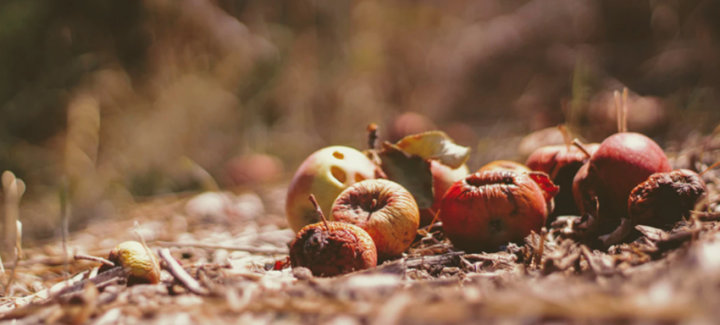For someone in the catering or the restaurant business, making the customers’ food is only half the battle won. Handling the food without contamination and maintaining the internal temperature to be above 165oF to keep the food out of the “danger zone” is quite a challenge. Mismanagement can result in a risk of foodborne illnesses and tarnish your reputation. If you are curious to understand what ‘Danger Zone’ is and what happens if food is kept at the wrong temperatures, this is the article for you.
What is “Danger Zone”?
“Danger Zone” is the term coined for the temperature range from 41°F and 135°F. Most disease-causing pathogens and microbes thrive in this temperature range only. In this temperature range, these microbes can grow rapidly and double every twenty minutes. Keeping your food at temperatures below 41°F or above 135°F makes them an unsuitable environment for the pathogens to survive.
What risks do these pathogens possess?
Pathogens such as E. coli, Salmonella, Campylobacter, C. perfringens are the main cause of stomach-related ailments that affect approximately 48 million Americans every year. When these pathogens thrive in the food you made, they gain easy access to your customers’ bodies, where they can cause food poisoning. Symptoms range from fever, abdominal cramps, severe diarrhea, and vomiting with severe effects on immunocompromised people. Pregnant women, young children, older adults, and people with weakened immune systems are easy targets for these pathogens.
How do these pathogens gain entry into our food?
These pathogens are all around us, but Improper food handling or lapse in maintaining employee hygiene is the only way these pathogens can enter your food. Not washing the vegetables and meat, not having a clean kitchen surface, or not washing hands before and after cooking food transfers the pathogen from the hands of the cook or food handlers to the food. Similarly, when the food is kept out of refrigeration over 2 hours, the pathogens can enter and multiply as your food is well within the danger zone temperature range.
Recommended: 1,300 hit by food poisoning in Mexico
How to keep food out of the danger zone?
Certain disease-causing pathogens can only survive within the temperature range of 41°F and 135°F. So, other than practicing safe employee hygiene and washing the vegetables and meat properly. You need to make sure the food is either refrigerated or its internal temperature is above the ‘danger zone.’ Here is how you can keep the food at the right temperature at different stages.
Cooking
Contamination from raw meat and poultry are the common ways for pathogen infection. So always cook them to a safe internal temperature. Always use a meat thermometer to be assured that the meat has reached the internal temperature while cooking. Always provide a resting time of two or three minutes after removing the meat from the heat source before serving.
Certain pathogens are resistant to high heat, so they are not destroyed even when you cook meat infected by them. You need to make sure that the raw meat is not left outside long enough to be infected. Hence, even when cooked well, there is a chance for the meat to be infected if you are not careful while handling it.
Storing Leftovers
Even when cooked well, your food stands a chance to be infected when you keep the leftover out to cool. The downside of infection in leftover food is that when the food is refrigerated, the cold only shows the bacteria. Once brought to room temperature, they become active and reproduce quickly. So, one way to handle leftover food is by placing them in shallow containers to cool quicker and refrigerate within 2 hours. It is advised to keep the leftover covered with a cling foil or cooler with plenty of ice, frozen gel packs while transporting them.
Reheating
When reheating leftover food, always ensure that you reheat it until it is hot and steaming. When outside, use a hot campfire or a portable stove to make sure the food is heated to a safe internal temperature. While heating in a microwave, cover the food, make sure it is heated evenly. Remember that you should allow the food some resting time. Before serving it to make sure the food is heated enough. Treat your reheated food as perishable and throw away any leftover remains from the reheated food as they can spoil faster.
Wrapping Up
When you practice safe food handling practices, you are putting up a good defense against foodborne illnesses. Once you are aware of what temperature you need to keep your food to prevent any pathogen infection, you protect yourself and your customers from falling sick due to food poisoning.

